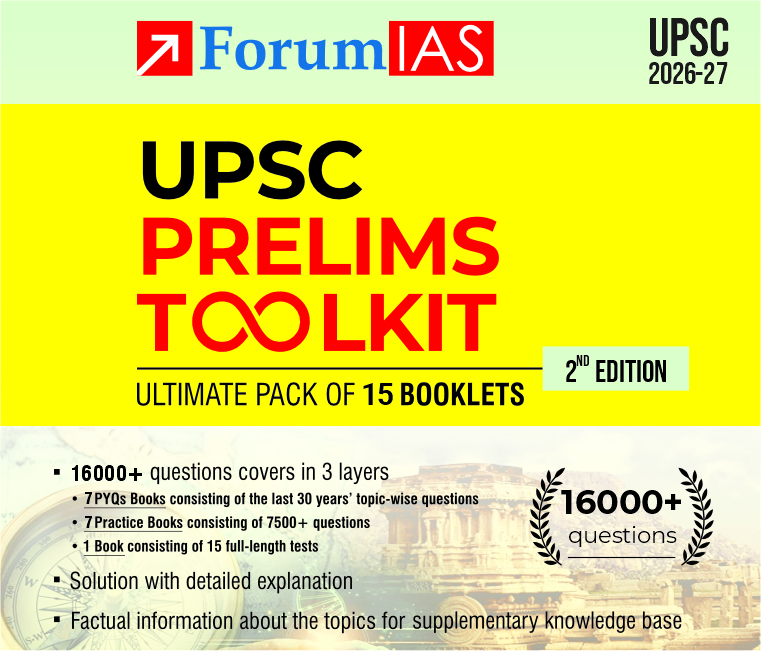
Source: The post Theatre of Negotiations’ experiment has been created, based on the article “Rethinking ‘representation’ for a meaningful COP30” published in “The Hindu” on 4th December 2024
UPSC Syllabus Topic: GS Paper3 – Environment
Context: The article discusses the challenges of climate change negotiations at COP29 and suggests a new approach to representation. It proposes giving equal rights to humans and non-humans, like the atmosphere and oceans, in negotiations, aiming for more inclusive and effective climate action. Theatre of Negotiations
Why is COP29 seen as slow progress?
- COP29 negotiations in Baku faced criticism for limited progress. Critics argue that the lack of a unified global authority and a universal metric for diverse nation-states’ interests hinder effective climate action.
- There is no global authority to act for the planet, making unified action difficult.
- Diverse political, economic, and social interests of nations hinder consensus.
- Critics argue that ‘business as usual’ is not working.
For detailed information on COP 29 Outcomes read this article here
What is the ‘Theatre of Negotiations’ experiment?
- Overview: The ‘Theatre of Negotiations’ was a week-long event held in May 2015 at Sciences Po, Paris, involving 200 students from 143 universities worldwide.
- Purpose: It aimed to reimagine traditional COP climate negotiations by granting equal representation to both humans and non-humans, such as the atmosphere and oceans.
- Representation: Non-human entities “spoke” through proxies to express their stakes in climate talks. For instance, the “Ocean” imposed conditions on the “United States,” and the “Atmosphere” addressed “China” about emissions.
- Inclusive Approach: Delegations included state representatives, scientists, businesses, and civil society, ensuring diverse perspectives.
- Outcomes: Participants learned the importance of clear communication, while organisers identified logistical challenges.
- Significance: The experiment demonstrated new ways to address climate challenges by rethinking sovereignty and ecosystem interdependence, offering an inclusive model for future negotiations.
How is representation of non-humans evolving globally?
- Non-humans, like the atmosphere and oceans, are gaining legal and political agency as “interest bearers.”
- Countries like Ecuador and New Zealand grant legal rights to rivers and ecosystems.
- India and Pakistan use courts to provide representation for non-humans.
- In Canada, institutions recognize the moral standing of non-humans.
- This reflects a growing trend to expand governance to include environmental entities, ensuring a more inclusive approach to climate action.
What should COP30 in Belém focus on?
- COP30 in the Amazon could represent the “Amazon” itself as an entity.
- Transparency and alignment of policies with climate values are essential for success.
- Hosting COPs in oil-dependent economies erodes trust and progress.
- New negotiation methods and actionable commitments are needed to bridge the gap between ambition and action.
Question for practice:
Discuss how the representation of non-humans in climate negotiations can lead to more inclusive and effective climate action.






